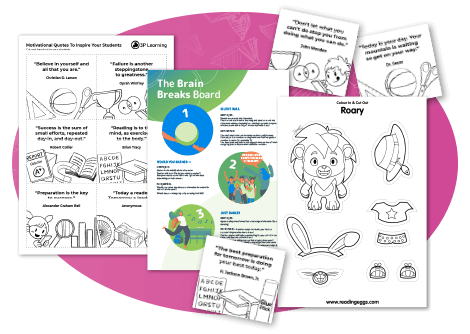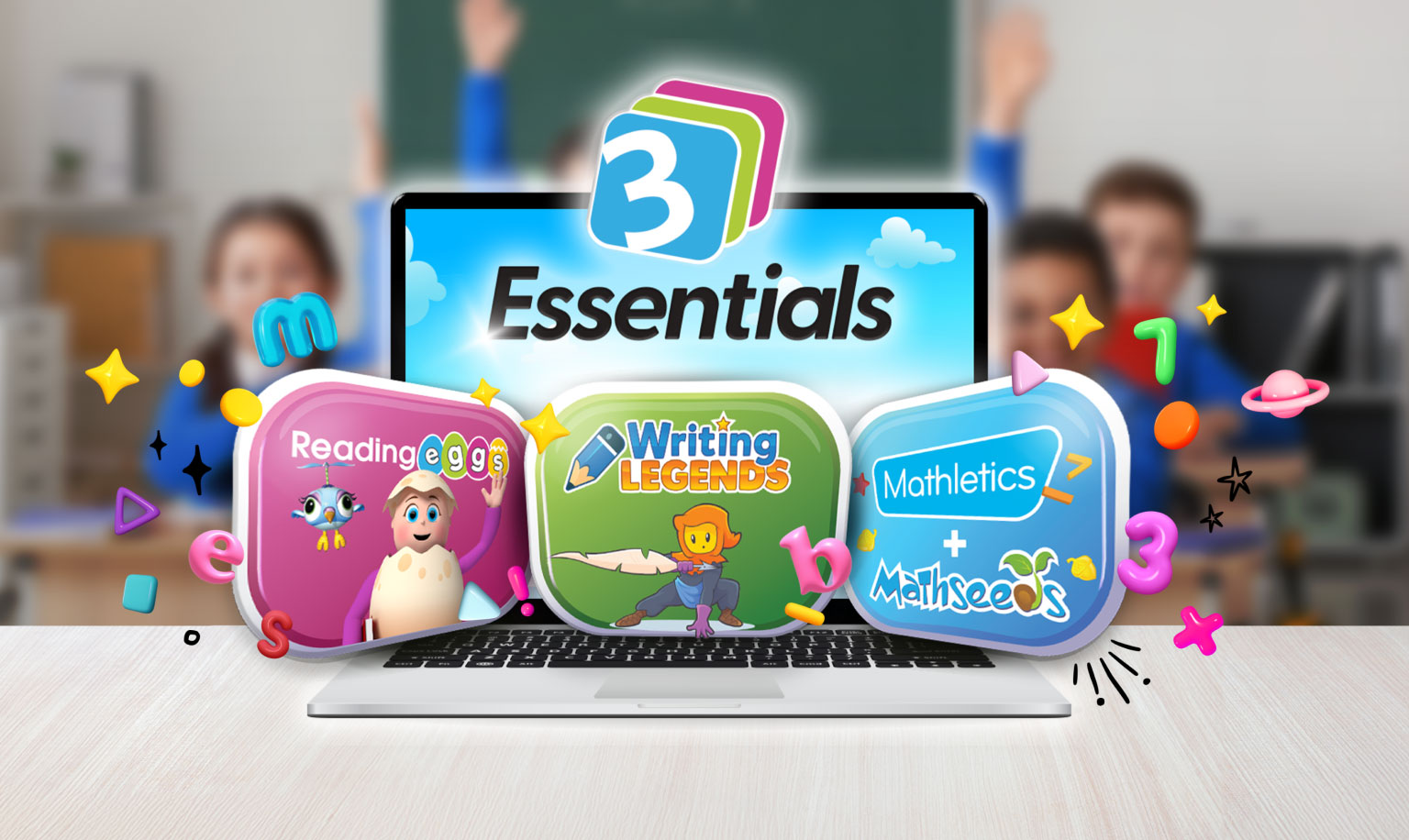
You’ve spent countless hours developing an engaging lesson plan, you have worksheets, activities and reading material lined up. But despite your best efforts, you have a classroom that just can’t seem to find their motivation.
It’s a frustrating reality of teaching, we all go through the pits and peaks. Some days your class is raring to go, others you’d swear someone replaced your kids with mannequins.
Luckily, these slumps are only temporary. Even luckier? We have some tips and tricks for pushing through the low points.
But first, let’s explore the two core motivators.
Understanding Motivation Types: Intrinsic VS. Extrinsic
There are two generally accepted forms of motivation: extrinsic and intrinsic.
Extrinsic motivators refer to behaviour that is driven by external rewards. This includes things like grades, scholarships or parent praise. These motivators are often more time-effective. You create a reward, offer it up and see results.
However, extrinsic motivators aren’t particularly sustainable and research has shown that rewards often negatively impact intrinsic motivation. IE: When you take away the reward, students don’t see the point of doing the work.
Intrinsic motivators refers to behaviour that is driven by internal rewards. From interest in a subject to it’s long-term relevance, the drive comes from an innate desire to improve or learn. Intrinsic motivation is not a quick fix but once you introduce it does tend to sustain itself.
Every student is different so pinpointing what will spark motivation will take time. You’ll need to invest time in getting to know your students and building a plan in line with their interests.
Both have their pros and cons. The good news is that they can both be used to spark some life back into the classroom. Here’s a mix of intrinsic and extrinsic motivators to get things going.
1. Tracking Progress
If you don’t know where you’ve been, how will you know where you’re going? Tracking progress for students allows them (and you) to see how far they’ve come. You can use this to inform your teaching and as feedback to show your students their progress.
2. Making Activities Fun
Not everything has to be fun and games but students who perceive school as a place where they can have a good time will be motivated to do the work that’s required and pay attention. Adding fun activities or changing up lesson plans to be more engaging can be a great way to help students who struggle with motivation.
3. Giving Praise
A simple but often overlooked way of rewarding students are words of encouragement. Learners crave praise and recognition for a job well done. Positive comments are free and students are noticeably motivated when teachers acknowledge their successes or even share their great work.
4. Changing Up The Environment
The classroom is a great place to learn but it isn’t the only option. Sitting at the same desk all day can start to be a bit monotonous for some students. Switch things up by getting out of the classroom either by taking a field trip or working outside. Changing the scenery will keep things new and fresh for students.
5. Define Objectives
Without clear guidance and expectations, students can easily become frustrated and disengaged. They crave the ability to know what’s expected of them and it helps them stay motivated to complete their work. Make sure to clearly lay out objectives, rules, and various classroom expectations to remove any ambiguity or confusion for your students.
6. Create A Safe Learning Environment
Creating a safe learning environment will allow students to thrive, experiment, and take risks without feeling judged. Learners naturally attempt to fulfill expectations that have been set by their teacher – try and focus on positive reinforcement to keep students motivated and feeling safe in their learning environment.
7. Encourage Student Self-reflection
Have your students take a look at themselves by reflecting on what they’ve done, if it was successful or not, and what they want to accomplish moving forward. Defining goals and considering achievements will empower students, making them feel like they are in charge of their learning journey.
8. Know Your Students
Students want to know their teacher cares about them. Show a genuine interest in making sure they succeed. Get to know your class by using icebreakers and other engaging activities. Your students will appreciate praise and feedback much more when they know it’s coming from someone that knows and respects them.
9. Share Your Enthusiasm
If you’re excited, chances are your students will be too! Your energy and enthusiasm can be a great way to motivate your students.
10. Help Students Determine Their Intrinsic Motivation
Helping students be motivated is great, but to be successful long-term, it’s important for them to generate their own motivation. Assist your students in determining their own reasons for working hard and completing class work. Control can play a big role here. The more choice students have in what they’re learning about, the more likely they are to find self-motivation.











